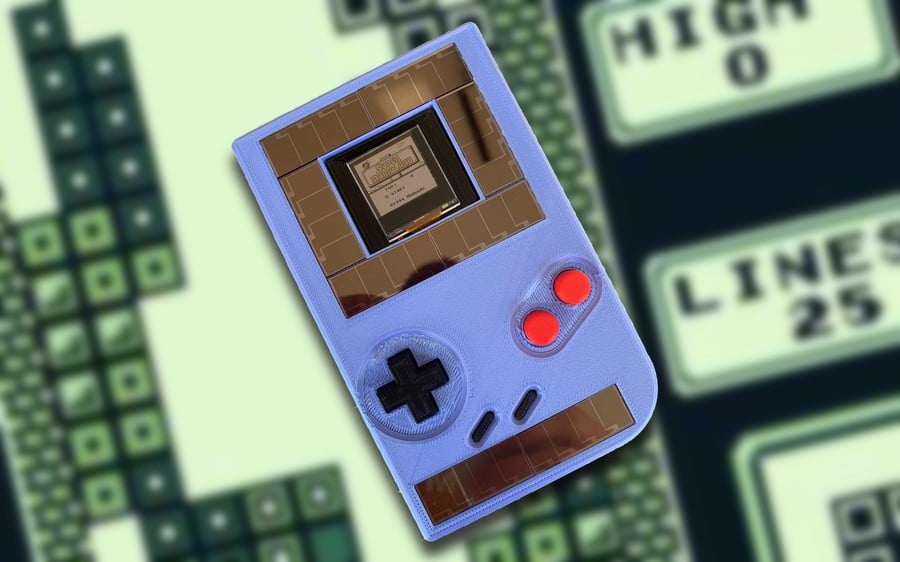
The Game Boy was a true revelation when it launched back in 1989, and kickstarted a portable gaming industry which endures to this very day. However, it also meant that players had to have a steady supply of AA batteries to hand if they wanted to make the most of the console, and while we’ve since moved to rechargeable power cells in systems like the 3DS and Switch, there’s always the issue of running out of juice at the wrong time.
Delft University of Technology’s Jasper de Winkel has taken a step towards removing that limitation by creating a Game Boy-style system which doesn’t need batteries to function, and he hopes it could pave the way for future technology. Working with Josiah Hester from Northwestern University in the US and Przemysław Pawełczak and Vito Kortbeek from TU Delft, de Winkel’s “Engage” project (no relation to Nokia’s failed gaming smartphone, we should add) is seen as a proof of concept to show that a battery-free handheld is possible.
The 3D-printed system isn’t an exact match for Nintendo’s iconic handheld – it’s thicker for starters, and its screen is much smaller than the one on the original console. It’s also using emulation rather than authentic internal parts, but it can play original Game Boy cartridges. There’s also no sound whatsoever, as this would draw too much additional power.
It derives its power from an array of solar panels fixed to the body, as well as kinetic energy from the user pressing the buttons and D-Pad. The system is based on “Intermittent computing”, a new energy-harvesting technique that supplies small amounts of power rather than the “always-on” nature of traditional batteries. There’s a pretty huge catch, however – this newfangled setup can only keep the device active for around 10 seconds, which isn’t going to give you much gaming time. However, the team have come up with a way of ‘checkpointing’ your progress which means when the power is restored, you pick up from where you left off. The challenge now is to take the technology to the point where running out of power and having it restored is instantaneous, so the user doesn’t even notice.
This might all sound like a bit of a bust, but the Engage isn’t meant for public consumption. It’s a system designed to get people thinking about what future portable tech could look like. We throw away millions of devices each year because their internal rechargeable batteries have failed and they cannot be replaced easily, but what if you had a device which had a power source that could be restored by leaving it in direct sunlight or simply playing it?
While the Engage isn’t going to be ready for retail any time soon, it’s an exciting new direction that consumer electronics could potentially take.
https://www.sickgaming.net/blog/2020/09/...able-tech/



